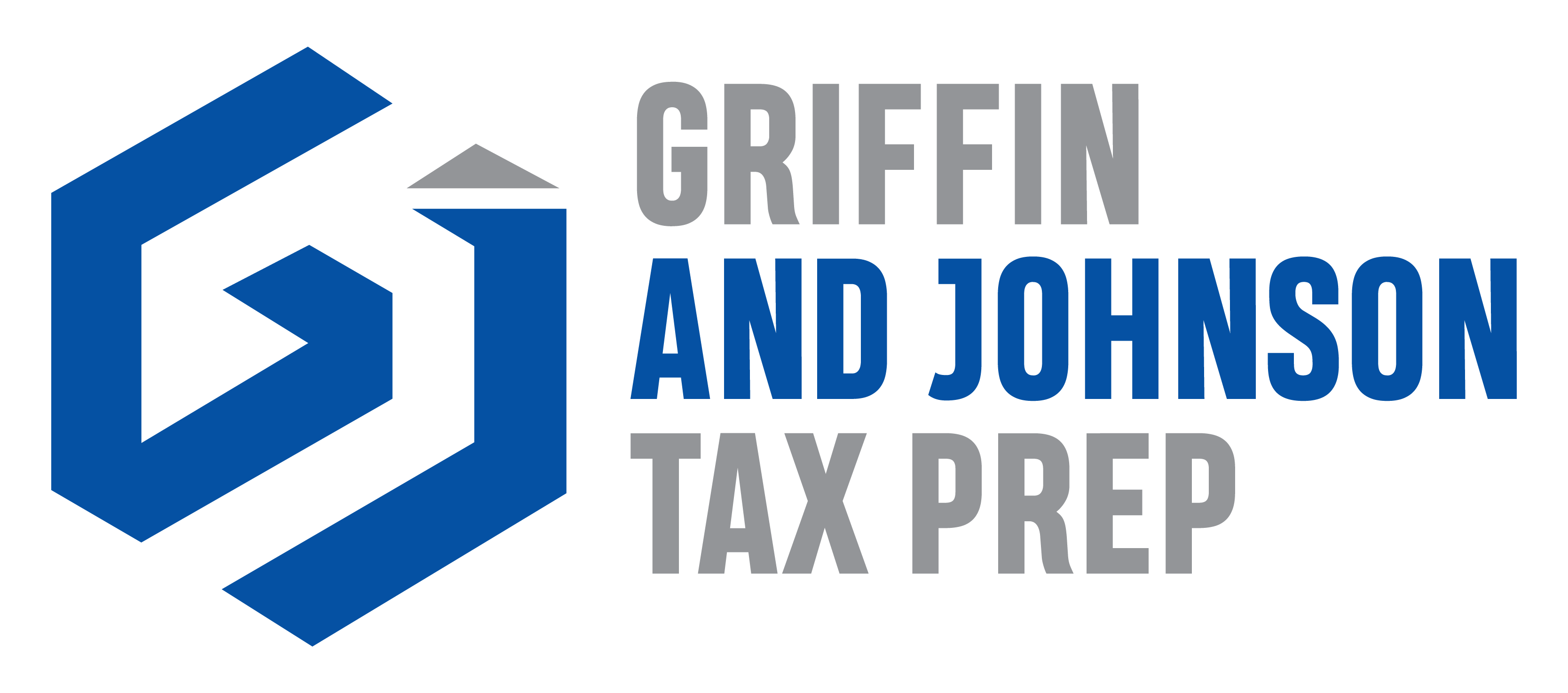Understanding Withholding Allowance on Your W-4 Form
The W-4 form, also known as the Employee’s Withholding Certificate, is a crucial document for anyone earning a salary in the United States. This form is used to determine the amount of federal income tax to withhold from an employee’s paycheck. One of the key elements on this form is the withholding allowance. This concept can seem daunting at first, but with a proper understanding, you can make informed decisions that could impact your financial health positively.
What is a Withholding Allowance?
A withholding allowance refers to an exemption that reduces how much income tax an employer deducts from an employee’s paycheck. Each withholding allowance claimed effectively decreases the amount of an employee’s pay that is subject to federal income tax. Traditionally, the more allowances you claim, the less tax is withheld from your paycheck each pay period.
Historical Context and Recent Changes
Before the Tax Cuts and Jobs Act of 2017, withholding allowances on a W-4 were closely tied to personal exemptions based on taxpayer’s filing status, dependents, and eligible deductions. However, the Tax Cuts and Jobs Act suspended personal exemptions from 2018 until the year 2025.
Following these tax law changes, the Internal Revenue Service (IRS) redesigned the W-4 form in 2020. The current version eliminates the use of withholding allowances, replacing them with a more straightforward system that aims to increase the accuracy of withholdings. It includes detailed sections where you can manually adjust these withholdings based on multiple factors, including multiple jobs, spousal income, dependents, and other income sources or deductions.
Navigating the New W-4 Form: Steps to Take
With the elimination of withholding allowances, you might wonder how to navigate the new W-4 form effectively. Here’s a step-by-step breakdown:
Personal Information
Fill out your personal information including your name, address, Social Security number, and filing status. This section is straightforward and sets the groundwork for how you’ll be taxed.
Multiple Jobs or Spouse Works
If applicable, the W-4 provides a few options for households with multiple earners. You can use the IRS’s online tax withholding estimator or the multiple jobs worksheet provided on the form to calculate correct withholdings based on the total income of all jobs combined.
Claim Dependents
If you have dependents, you can claim credits accordingly. The form allows you to reduce your withholding by the amount of credit for which you’re eligible, which is helpful for parents or guardians managing higher expenses with lower withholdings.
Other Adjustments
This includes any other income that isn’t from jobs, deductible investments, or extra withholding amounts. Be precise with these figures to ensure proper tax withholding.
Signature
Ensure everything is filled out accurately before signing your form. A signature is required to validate the information and authorize withholdings according to the entries you’ve made.
Why Correct Withholding is Important
The goal of adjusting your W-4 is to match your tax liability as closely as possible by the end of the year. If too little tax is withheld, you may face a large tax bill and potential penalties during tax season. Conversely, if too much tax is withheld, you might enjoy a refund but have unnecessarily reduced your disposable income throughout the year.
Tips for Adjusting Your Withholdings
It’s wise to review your W-4 form annually or when your personal or financial situations change, such as after getting married, having a child, or changing jobs. Using tools like the IRS tax withholding estimator can guide you in filling out the form accurately and managing your withholdings effectively.
Conclusion
Understanding how to properly fill out and adjust your W-4 can significantly affect your financial planning and annual tax return. Whether you’re starting a new job or experiencing personal or financial changes, staying informed and proactive with your W-4 form adjustments can lead to a more favorable financial outcome come tax time.
Unlock EXPERT Tax Services: Explore how we MAXIMIZE your taxes!





